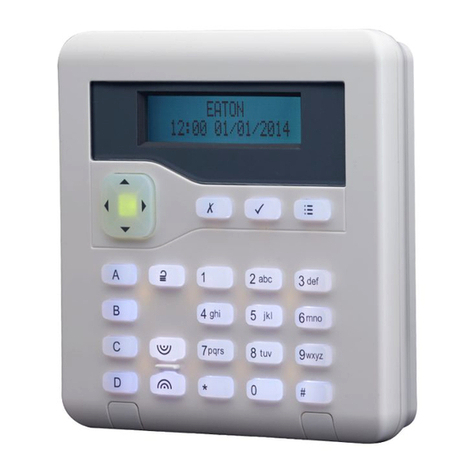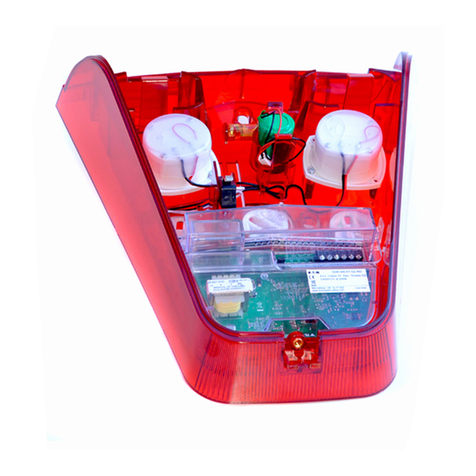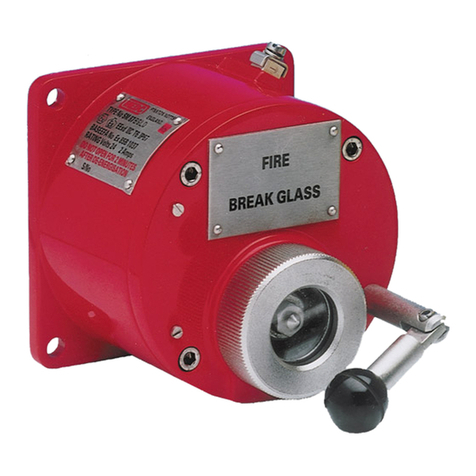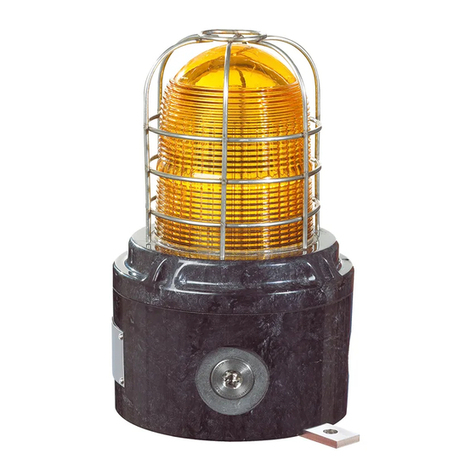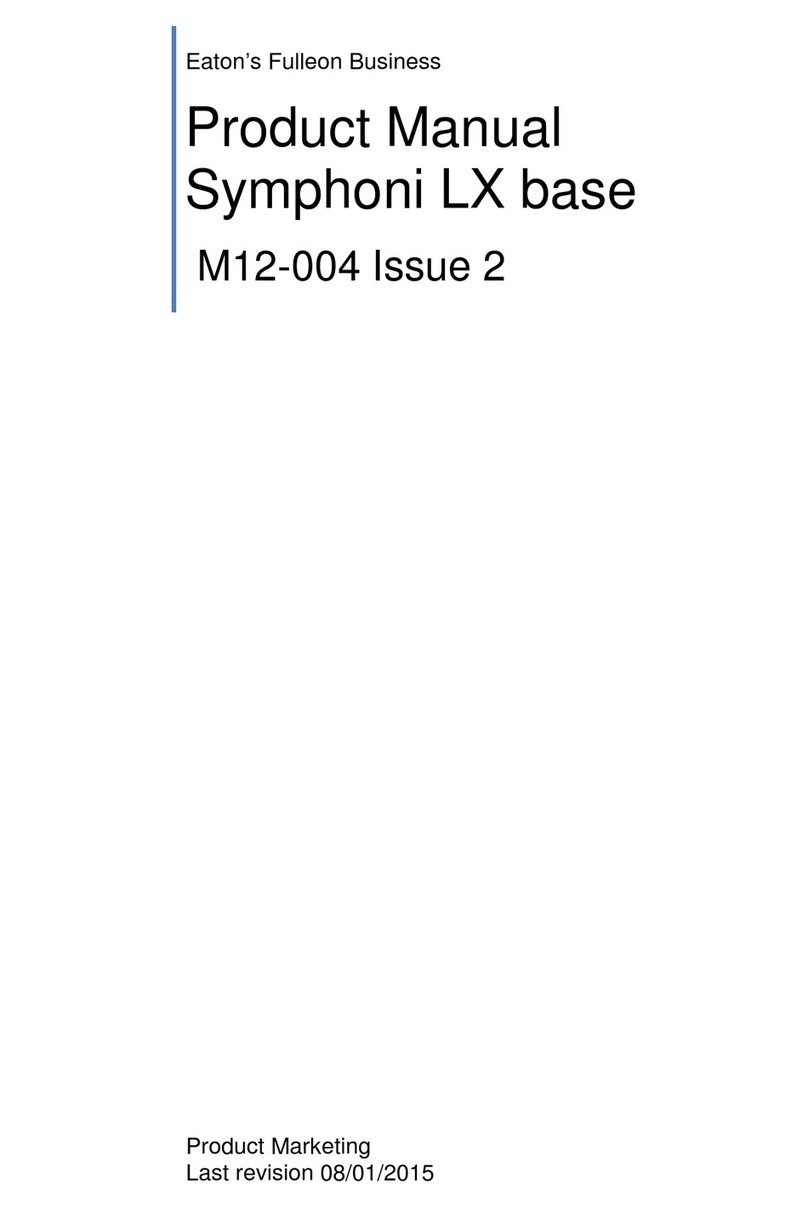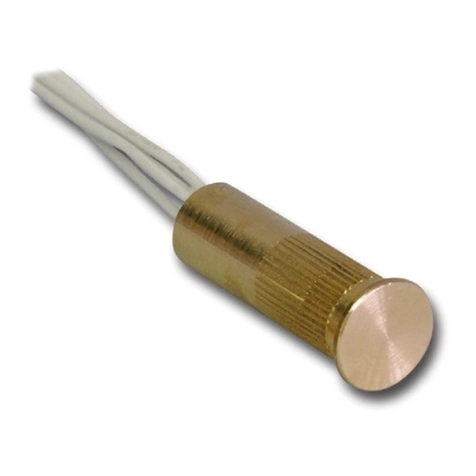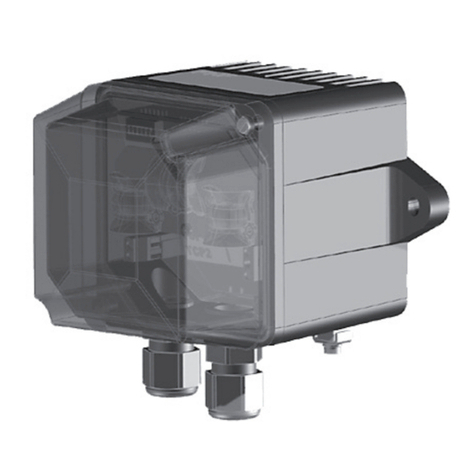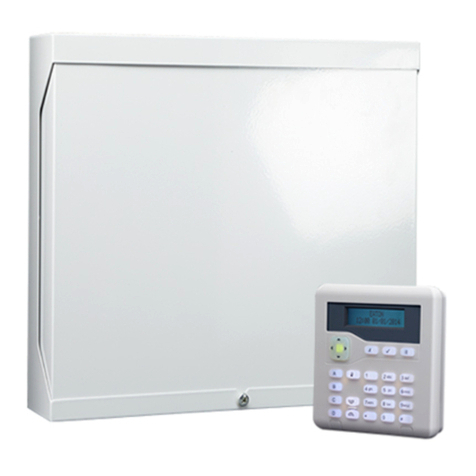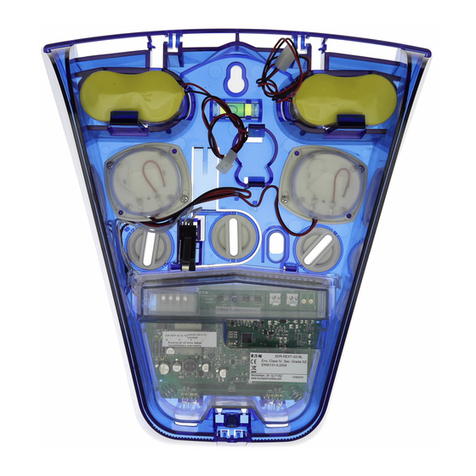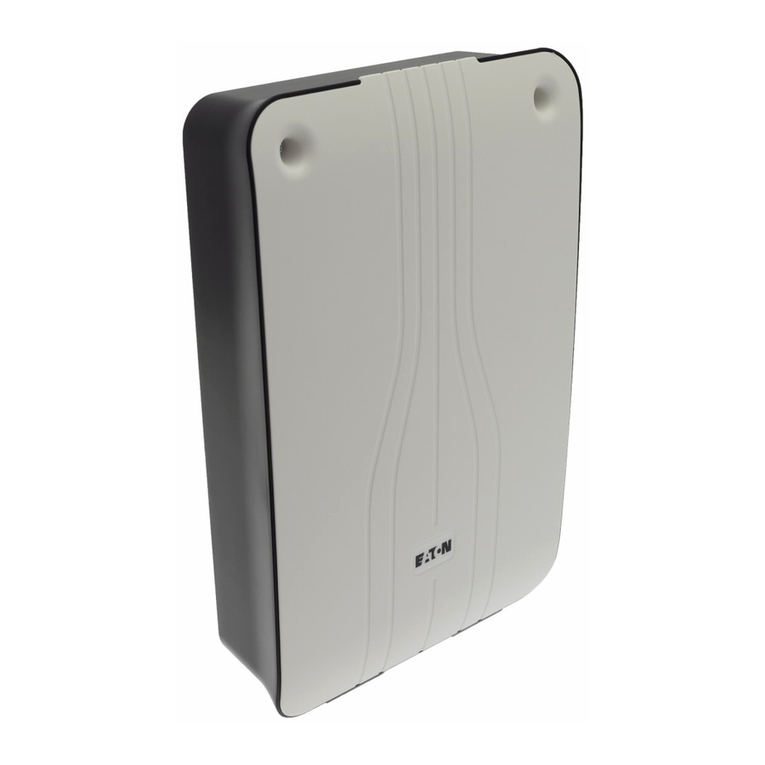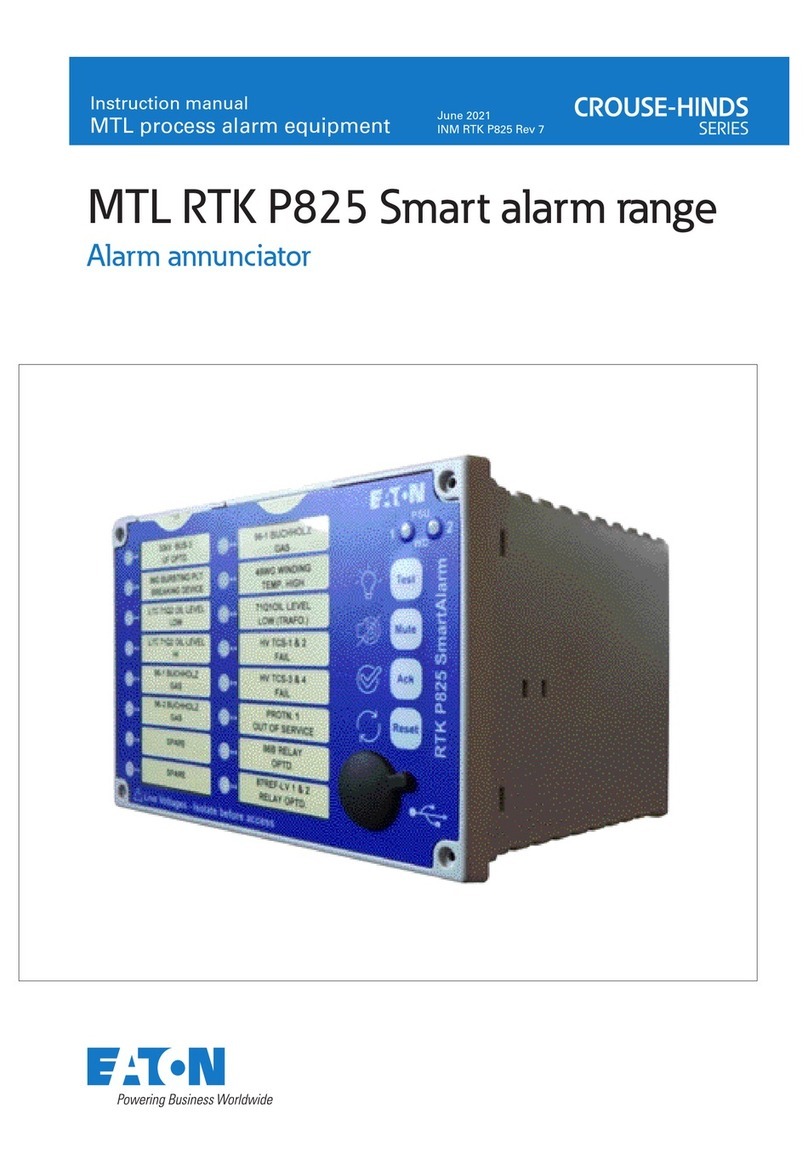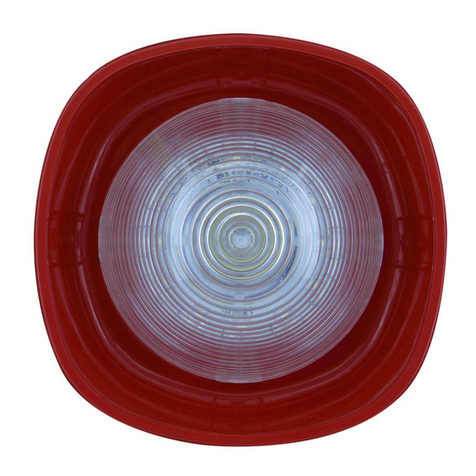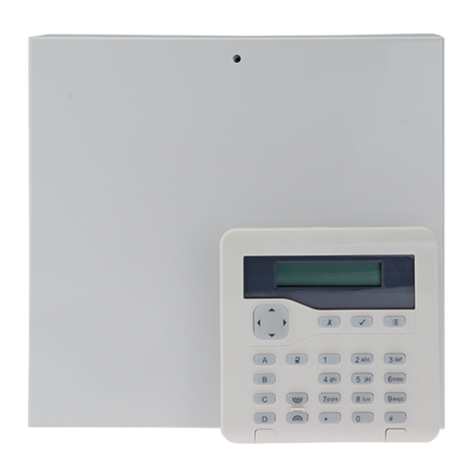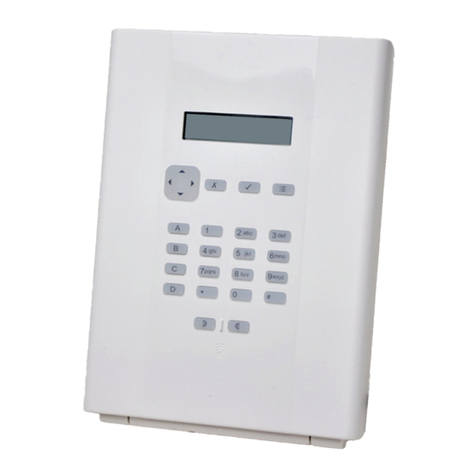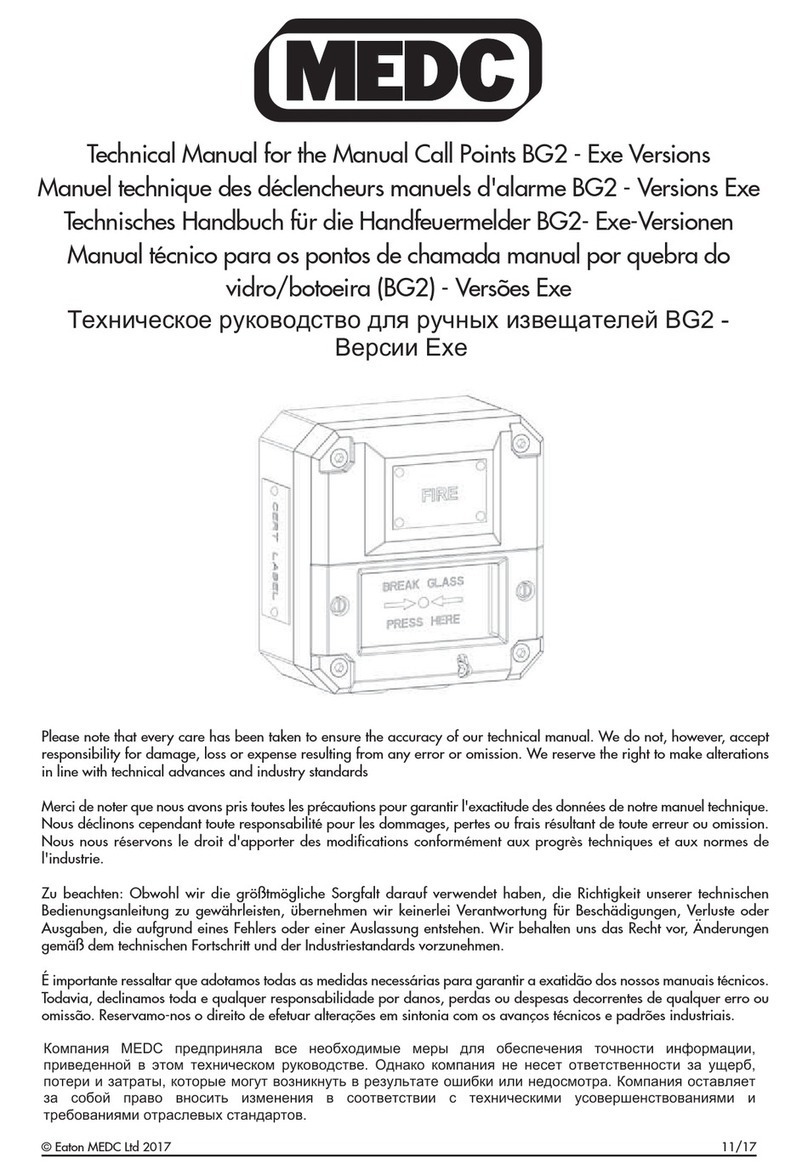
6
Component Description
Central Processing Unit
The Central Processing Unit (CPU) is the electronic control unit for the EVT-
300 Collision Warning System. The CPU and Antenna Assembly are program-
mable though a slot located in the opposite end from the cable connection on
the CPU (system parameters can be set with a Prolink Diagnostic Tool or Ser-
viceRanger). The CPU compiles information from the Antenna Assembly,
Engine Control Unit, Speedometer, optional Side Sensor (see page 7), Brake,
and Turn Signal Circuits to produce audible and visual warnings.
The CPU can be located in a variety of places, depending upon the orientation
of the CPU inside the vehicle in which it is installed. Typical locations are on
the vehicle firewall, underneath the dashboard, or behind the driver’s seat.
Driver Display Unit
The Driver Display Unit contains controls and indicators related to system
operation.TheDriver DisplayUnitcontrolssystempower-up,speakervolume,
range for vehicle warnings, and headway thresholds for SmartCruise. A slot is
also provided at the front bottom edge of the Driver Display Unit to insert the
optional Driver Identification Card (see page 15). Driver Display Unit indicator
lights come on to indicate system power, system failure, absence ofthe Driver
Identification Card, SmartCruise enabled, and multiple stages of warning lev-
els.
A light sensor in the face of the Driver Display Unit adjusts indicator bright-
ness with changes in ambient light. The Driver Display Unit also contains a
small speaker that provides audible alert tones. The alert tones are sounded
when the vehicle is closing on an object, or if an object is detected by the Side
Sensor and the turn signal is activated for a lane change. Additionally, the
speaker provides informational tones such as volume level, system failures,
and the Driver Identification Card related tones.
The Driver Display Unit mounts on top of, or is recessed in, the dashboard in
an area that is easily visible and accessible to the driver.
In certain applications there may not be a Driver Display Unit installed. The
information that is normally displayed on the Driver Display Unit may be
included on an OEM installed integrated dashboard display. Consult your OEM
literature for these integrated systems for proper operation.

